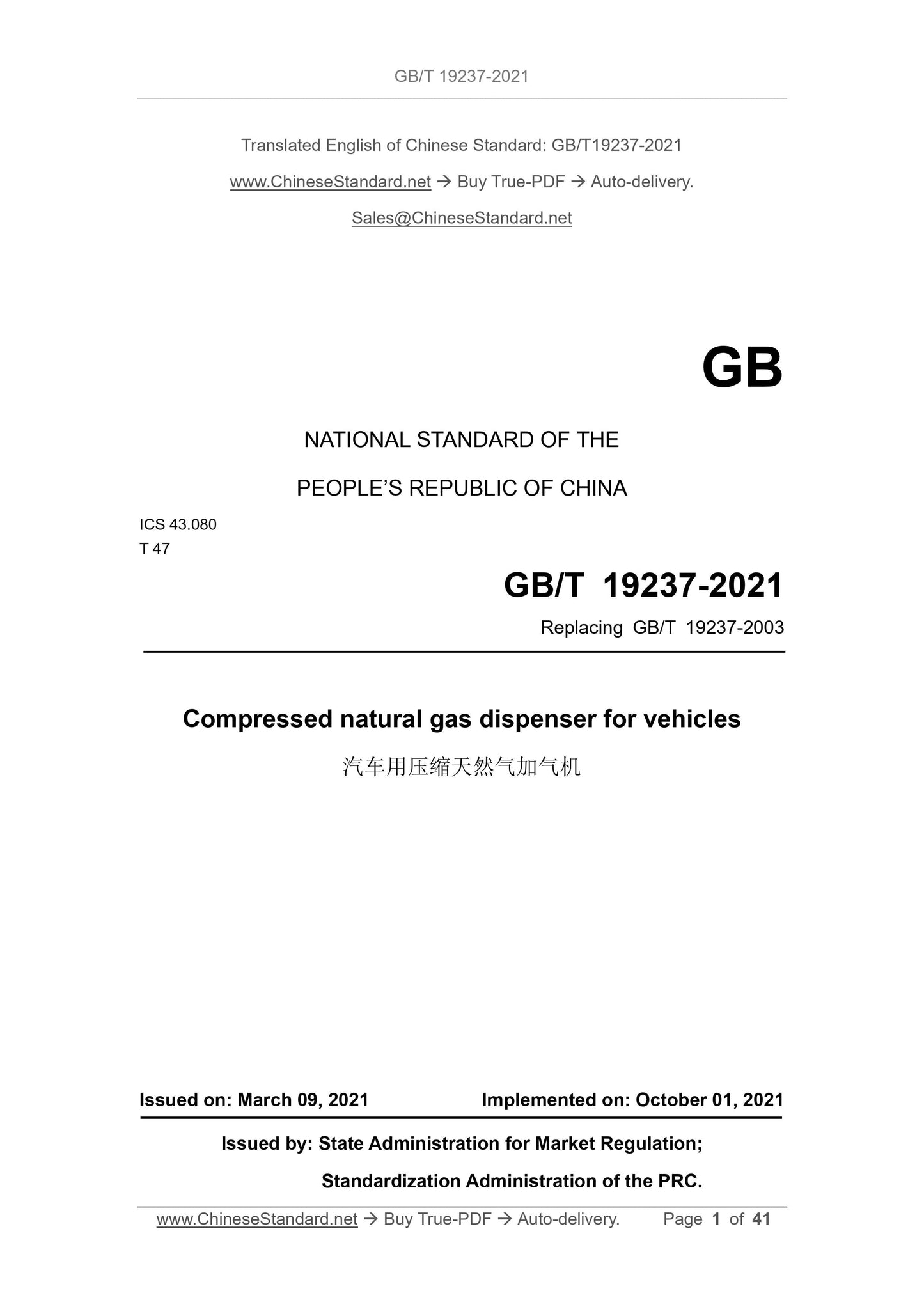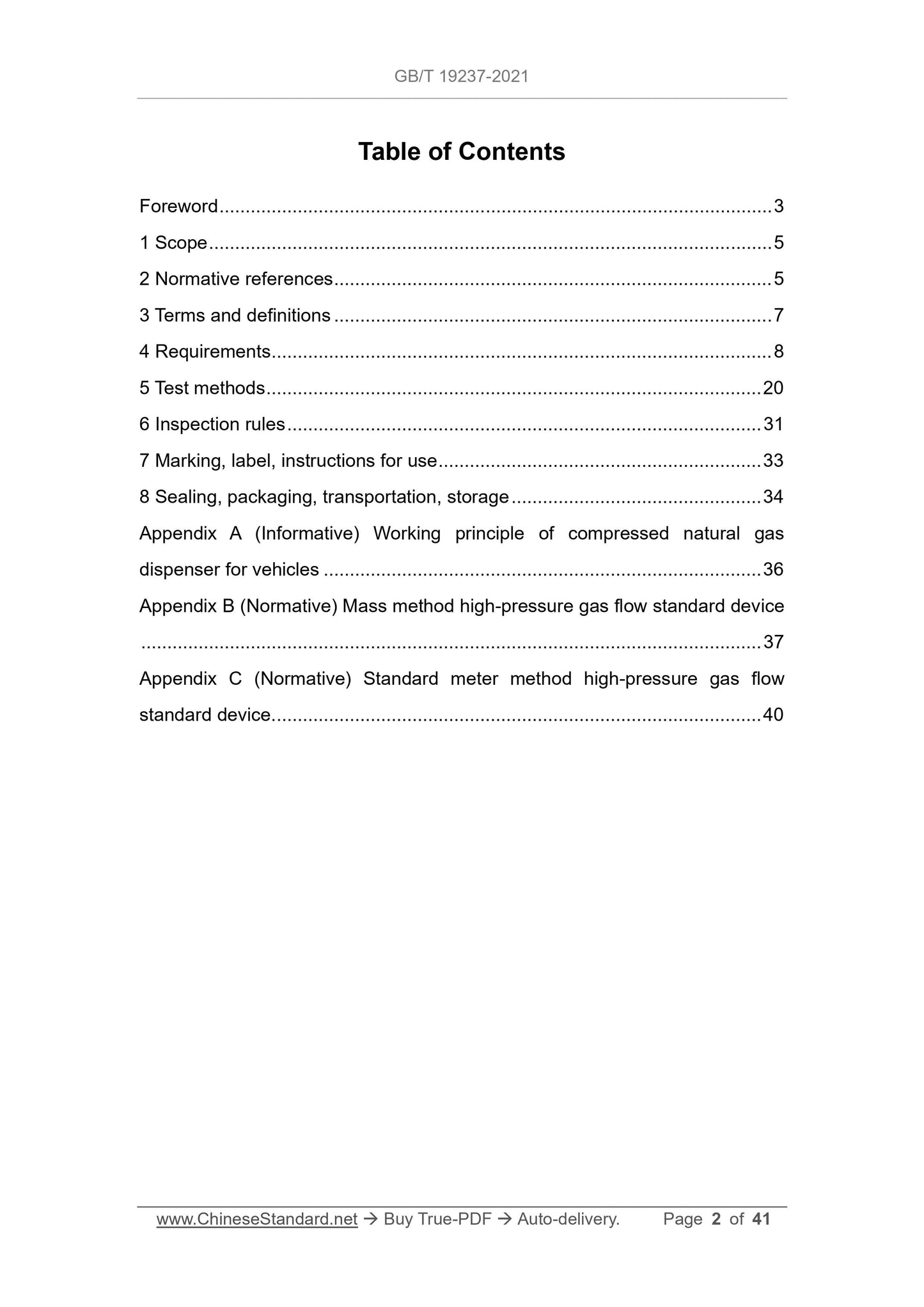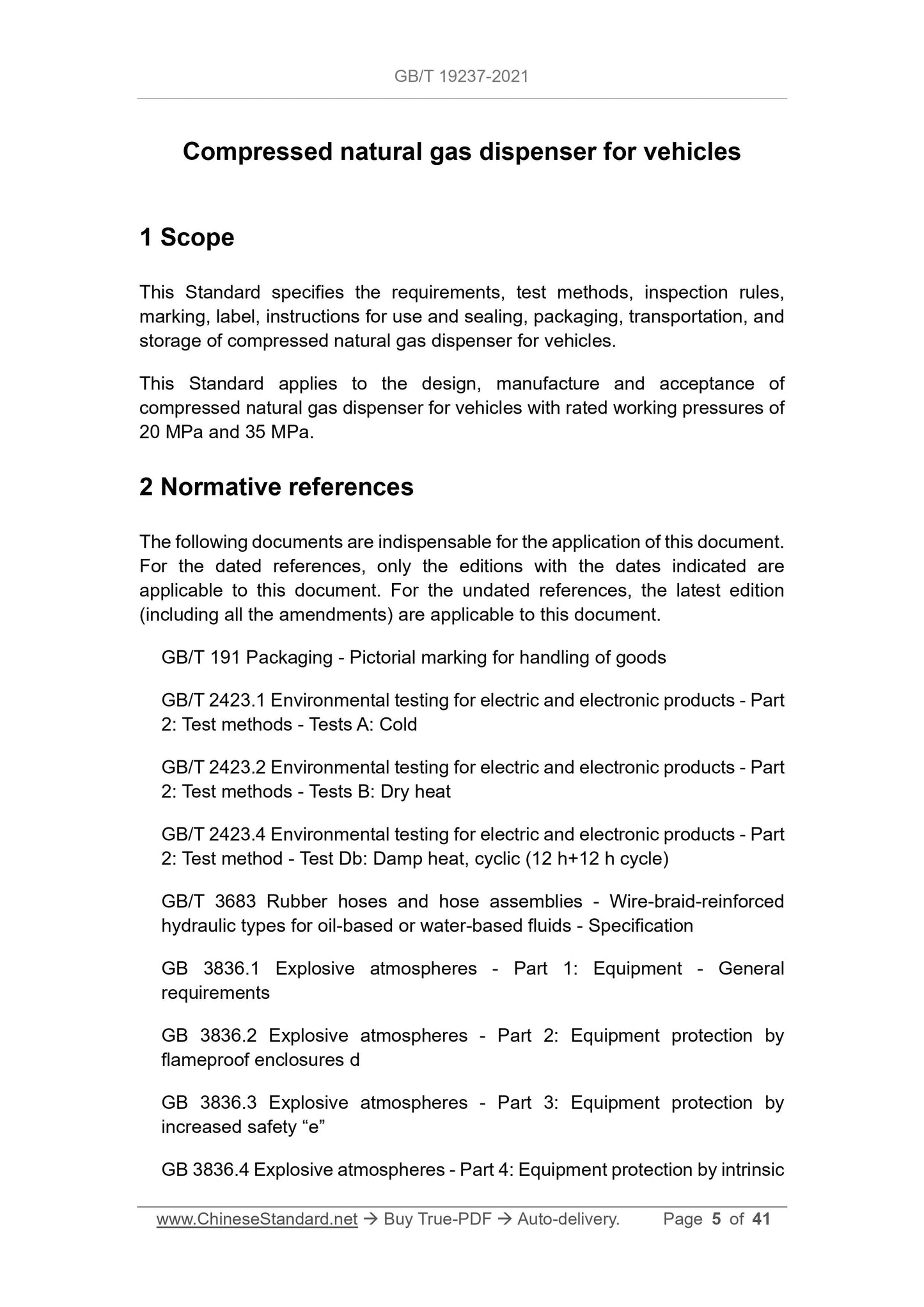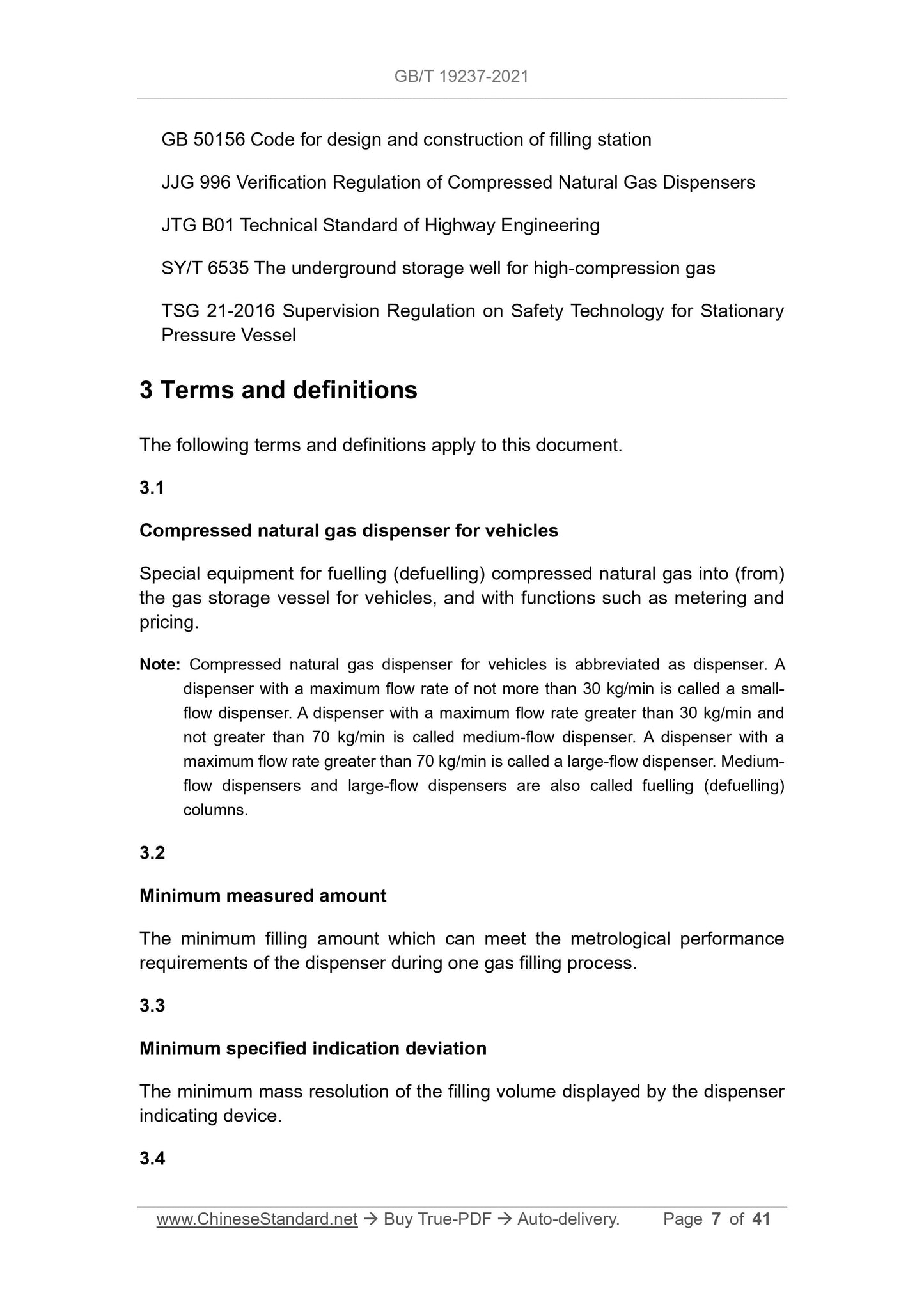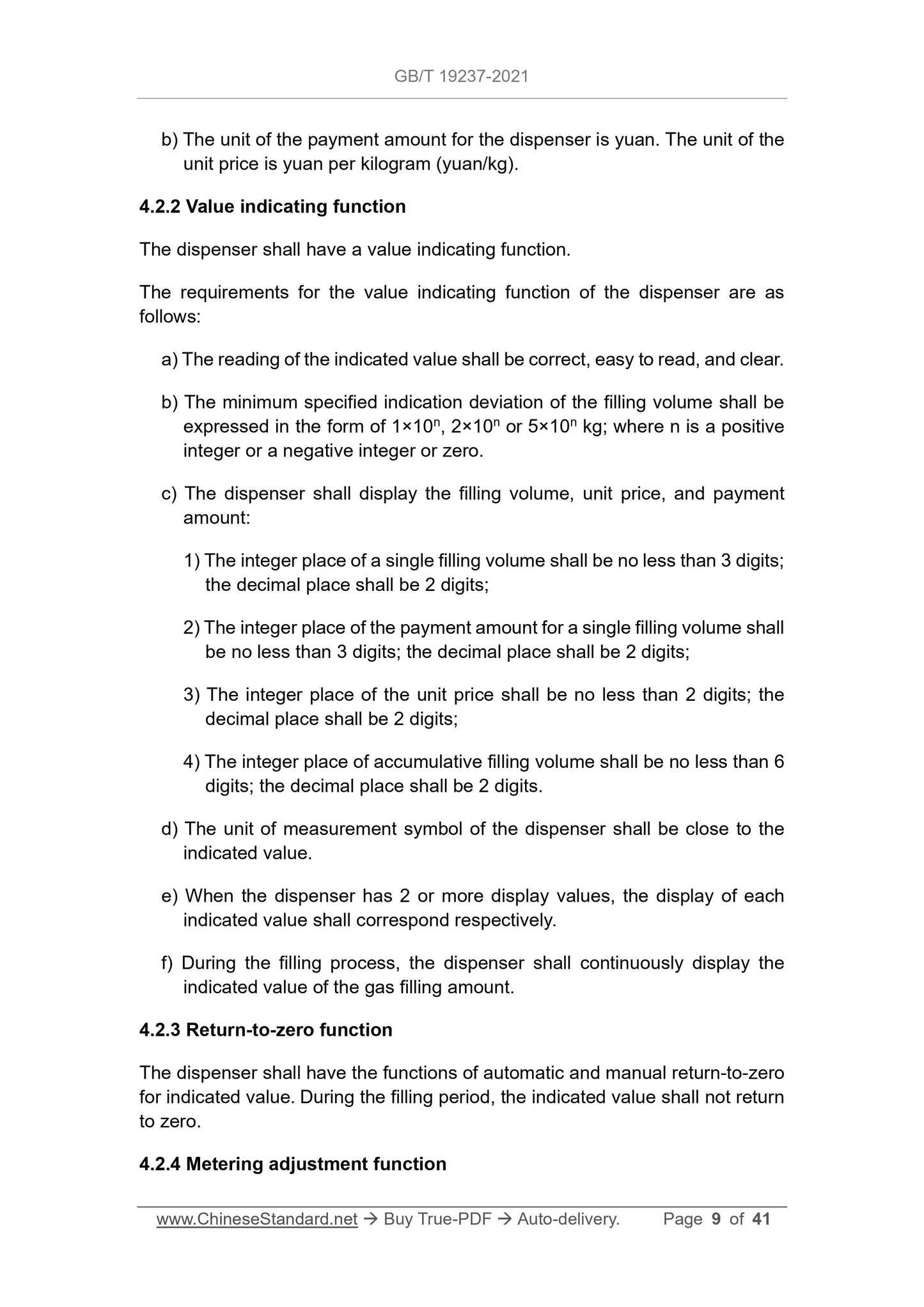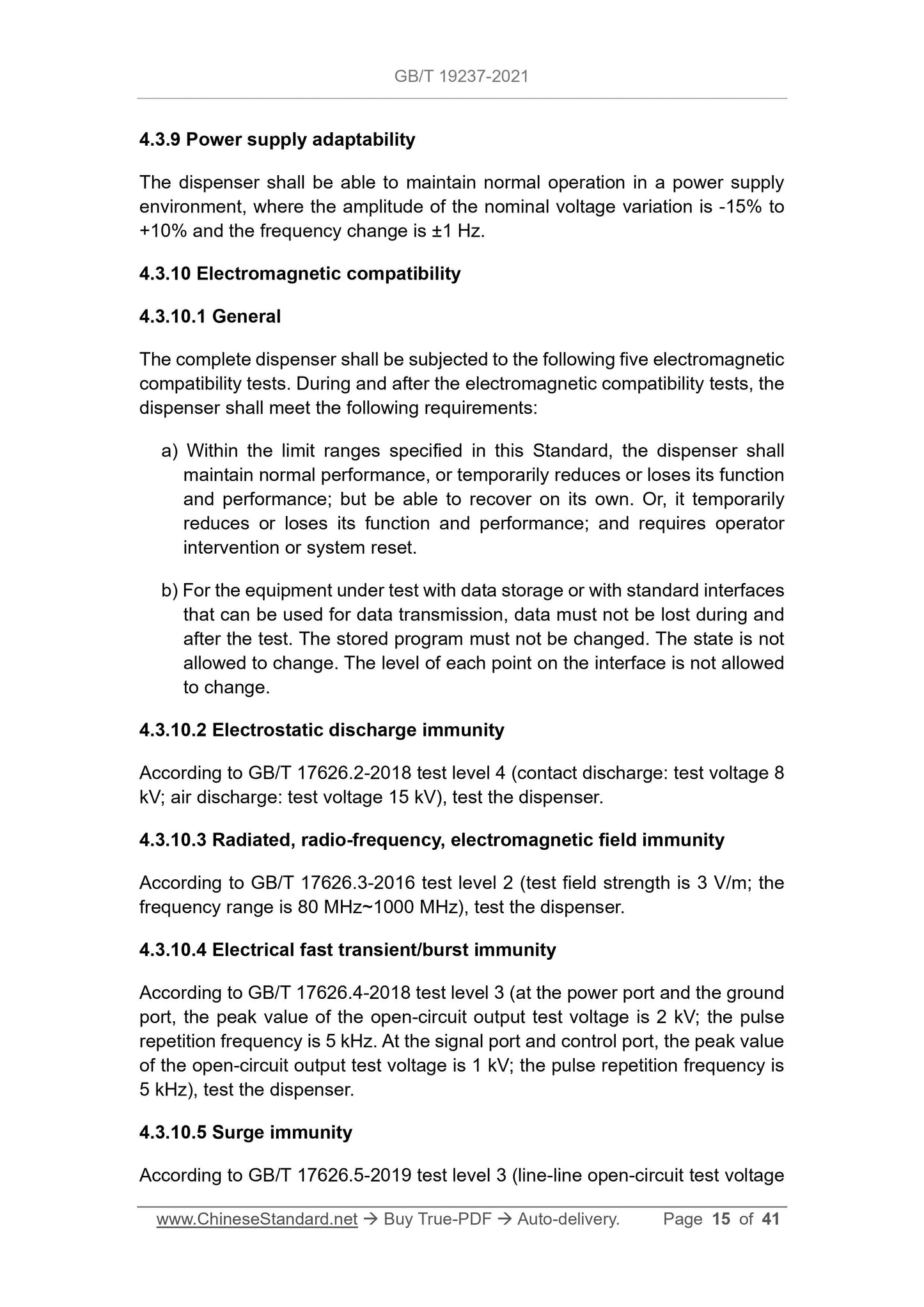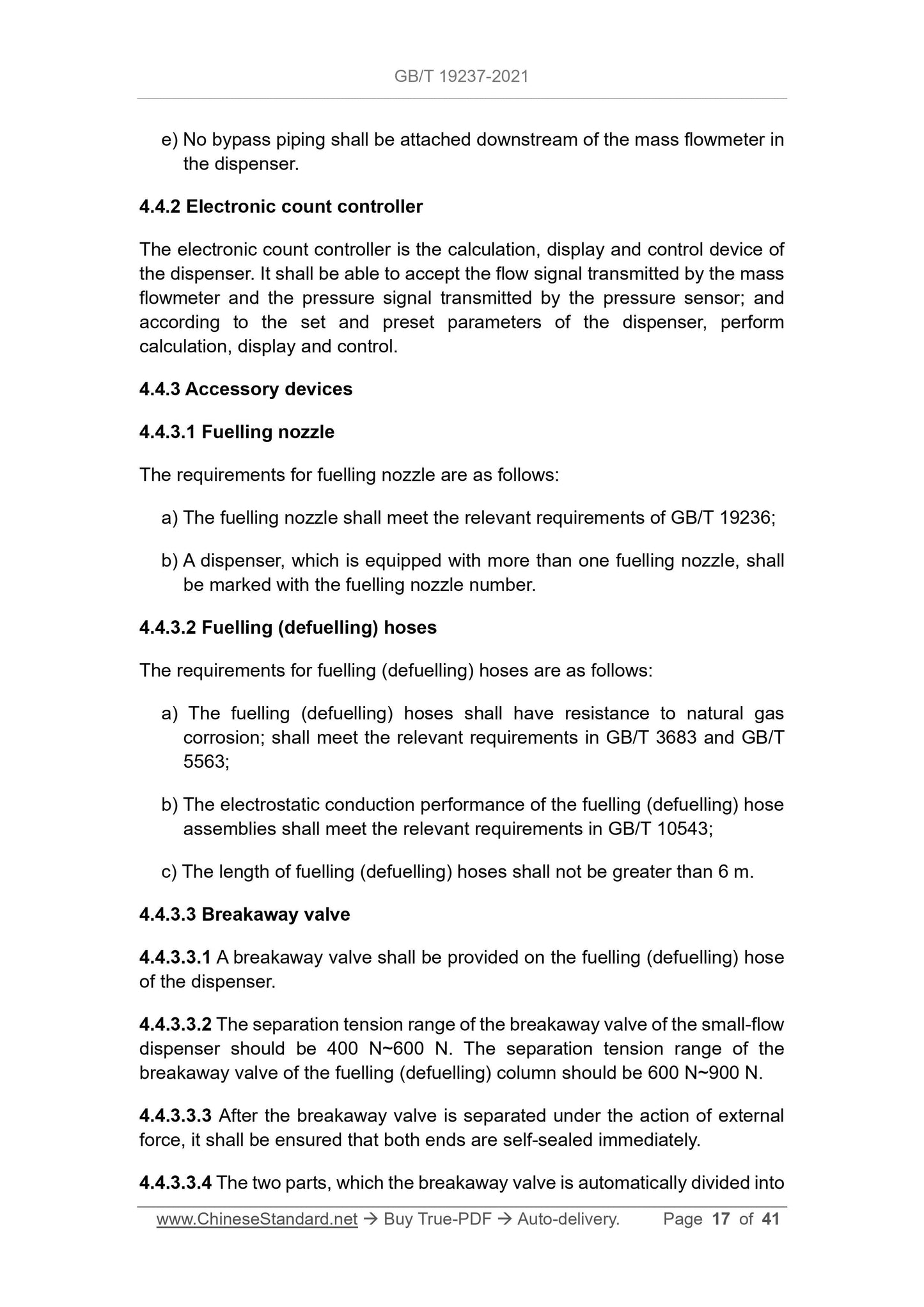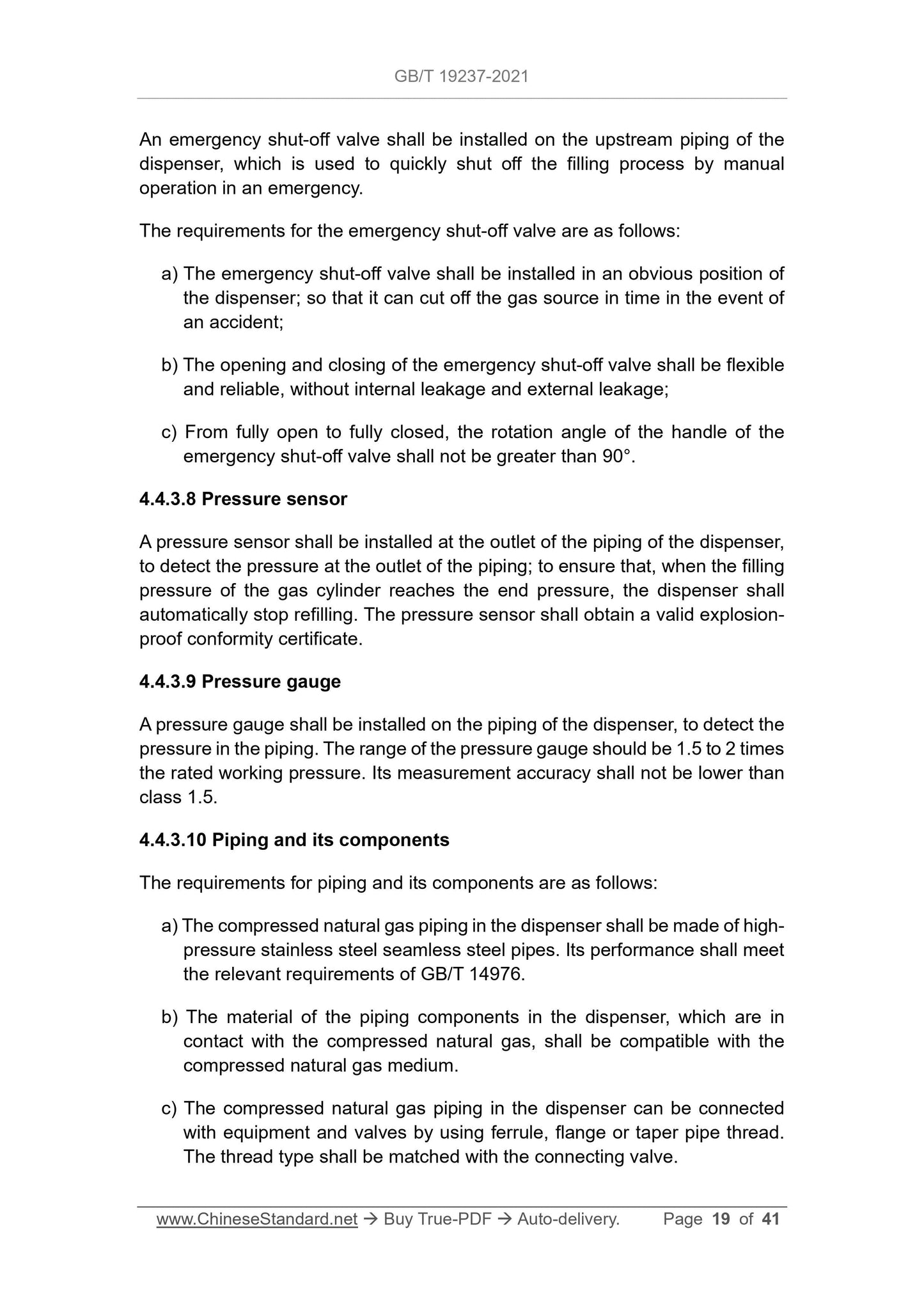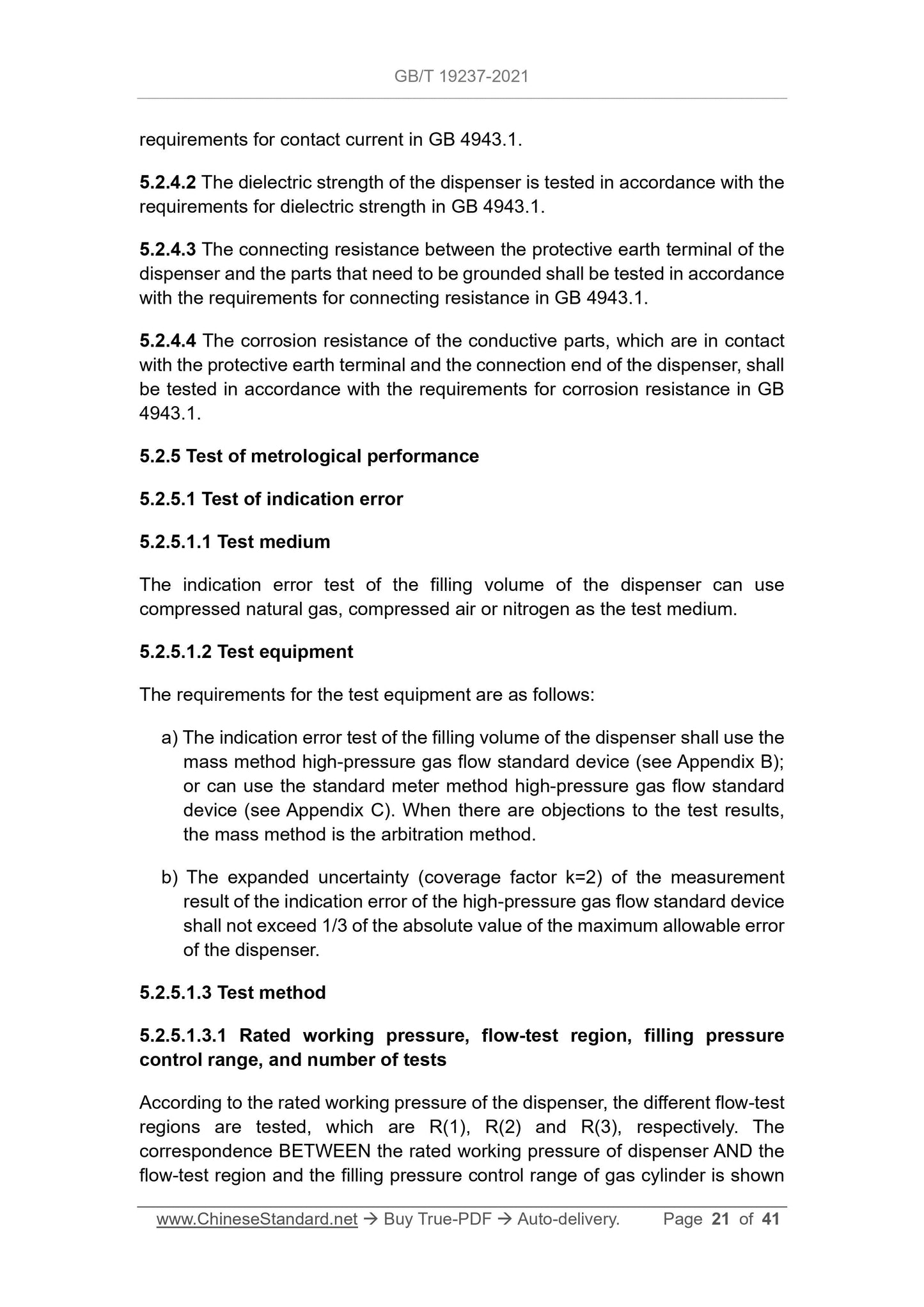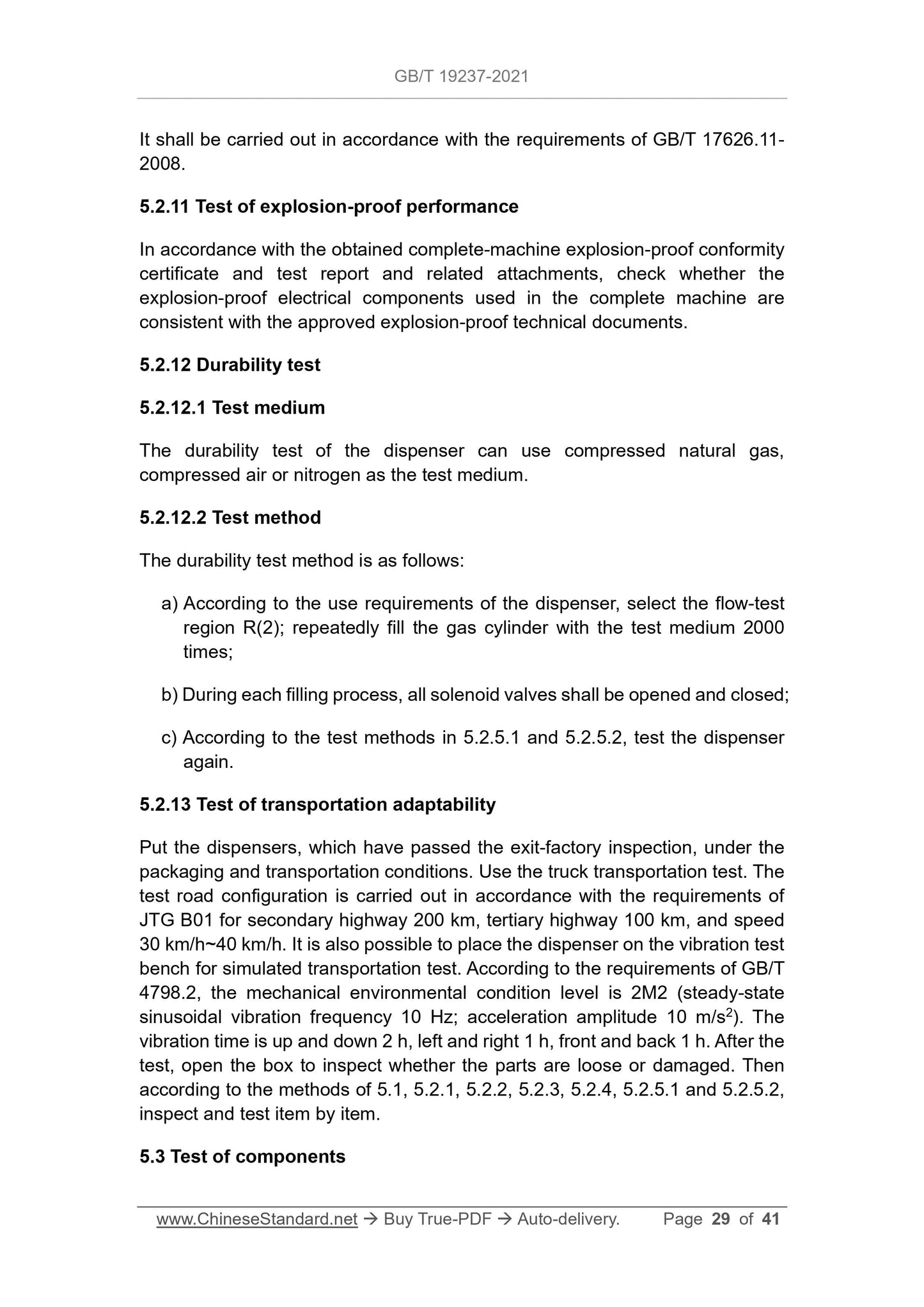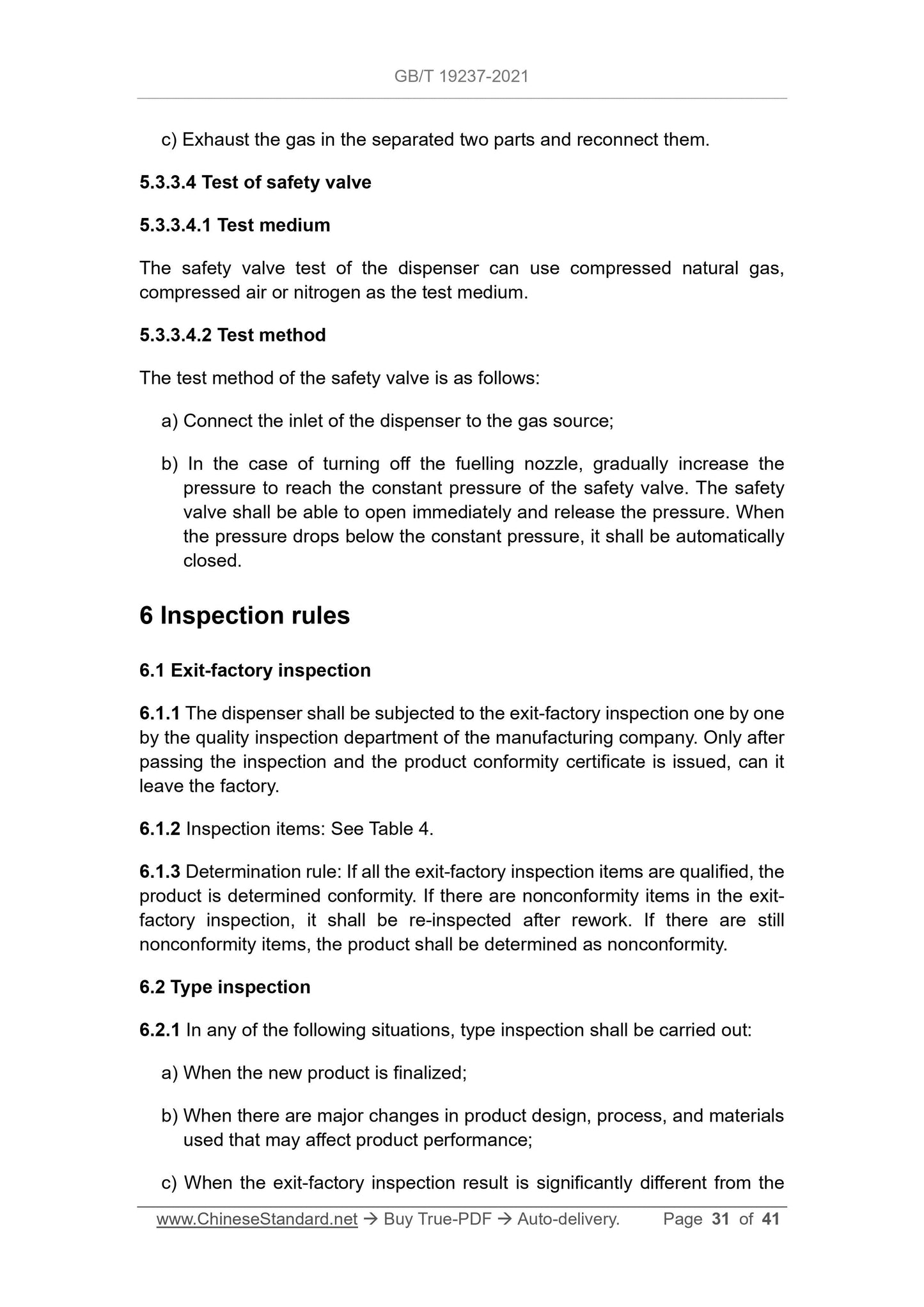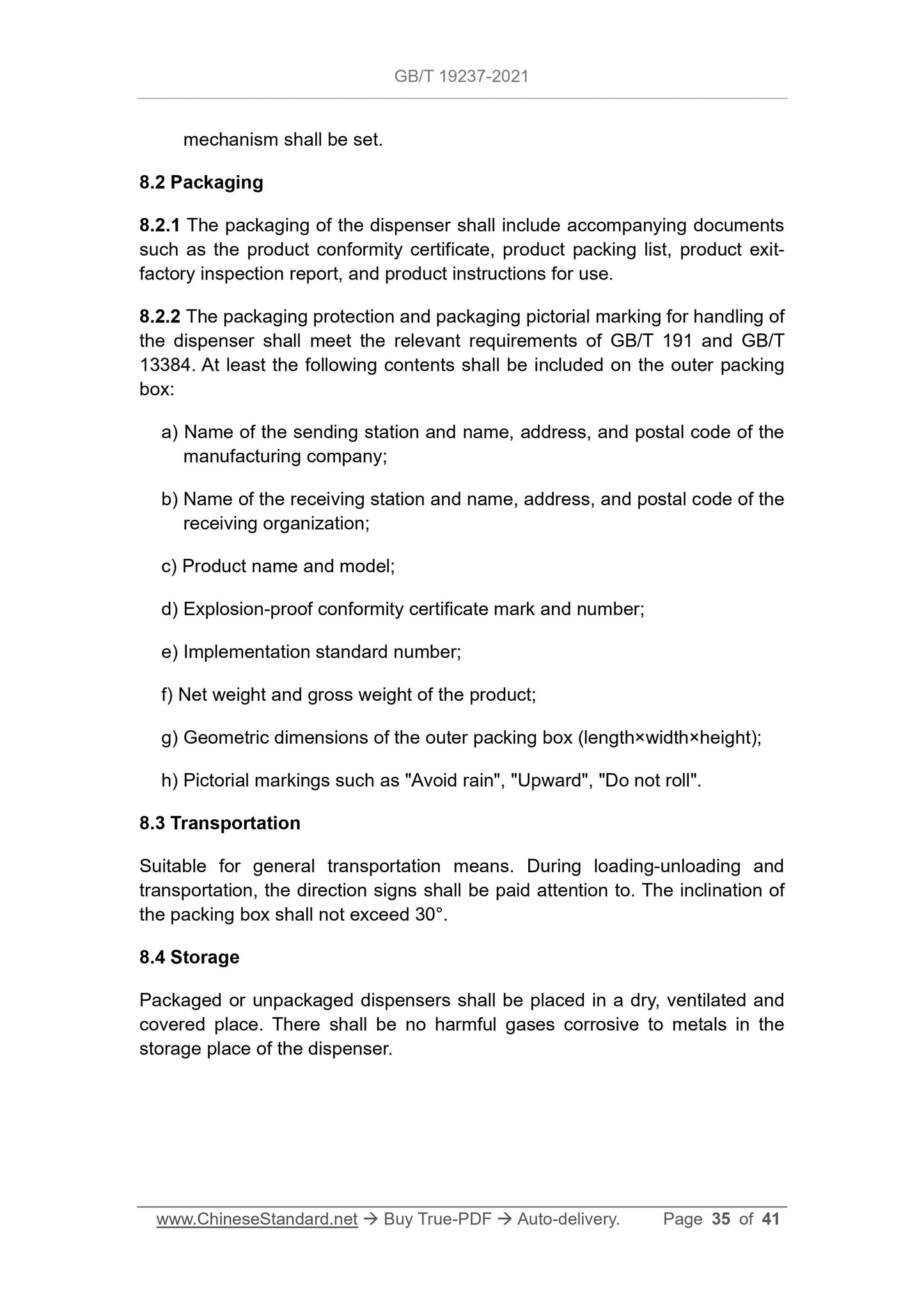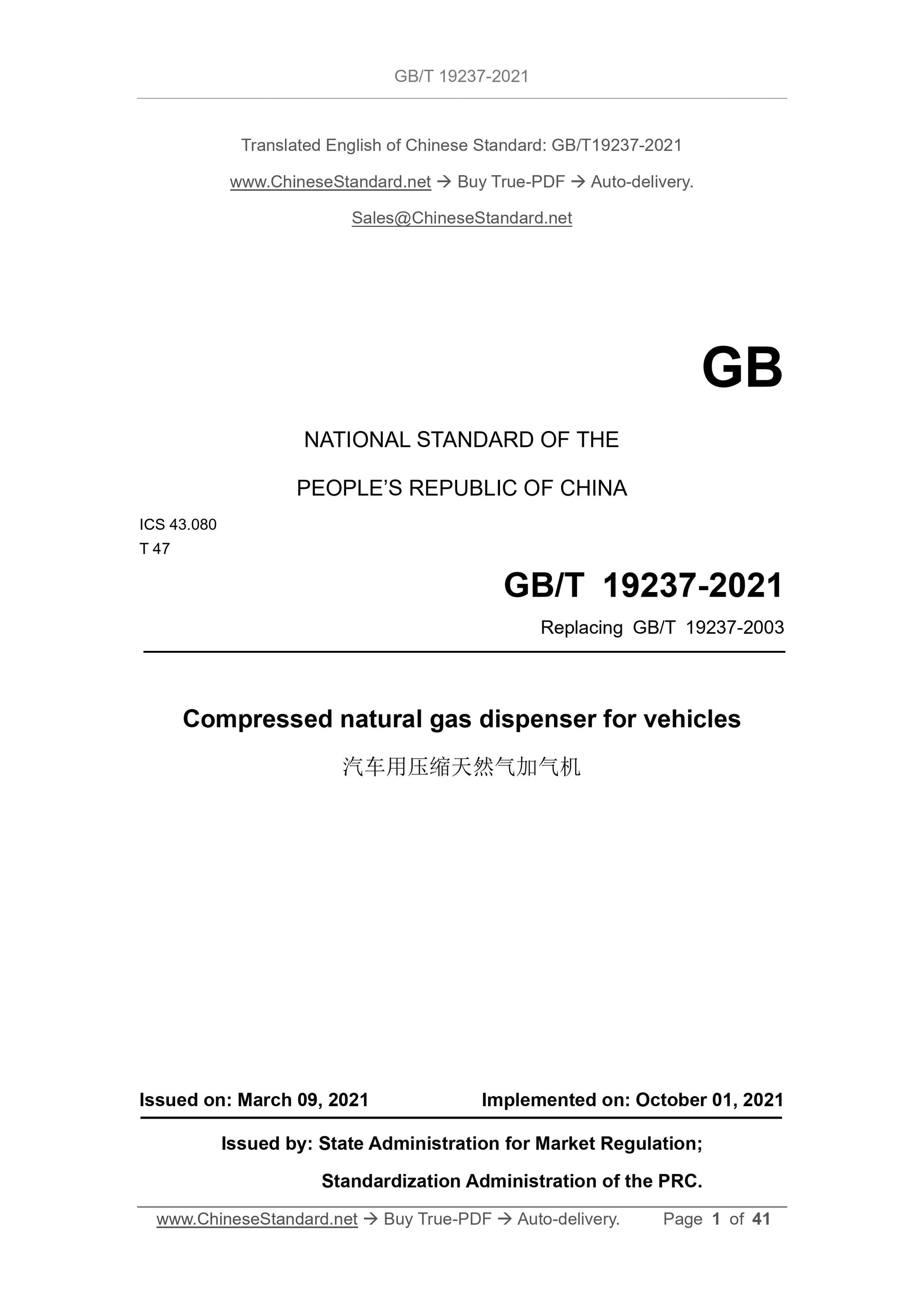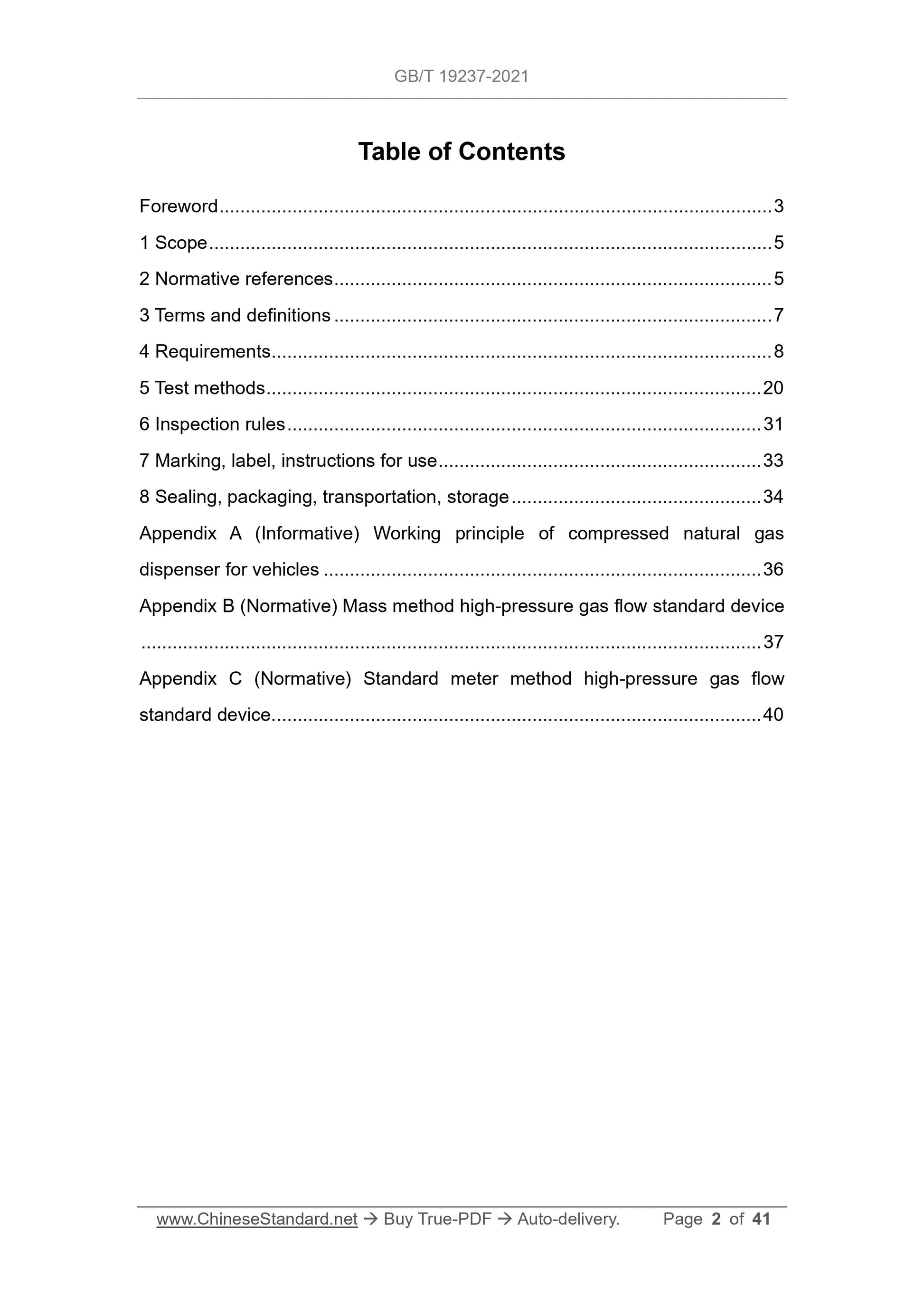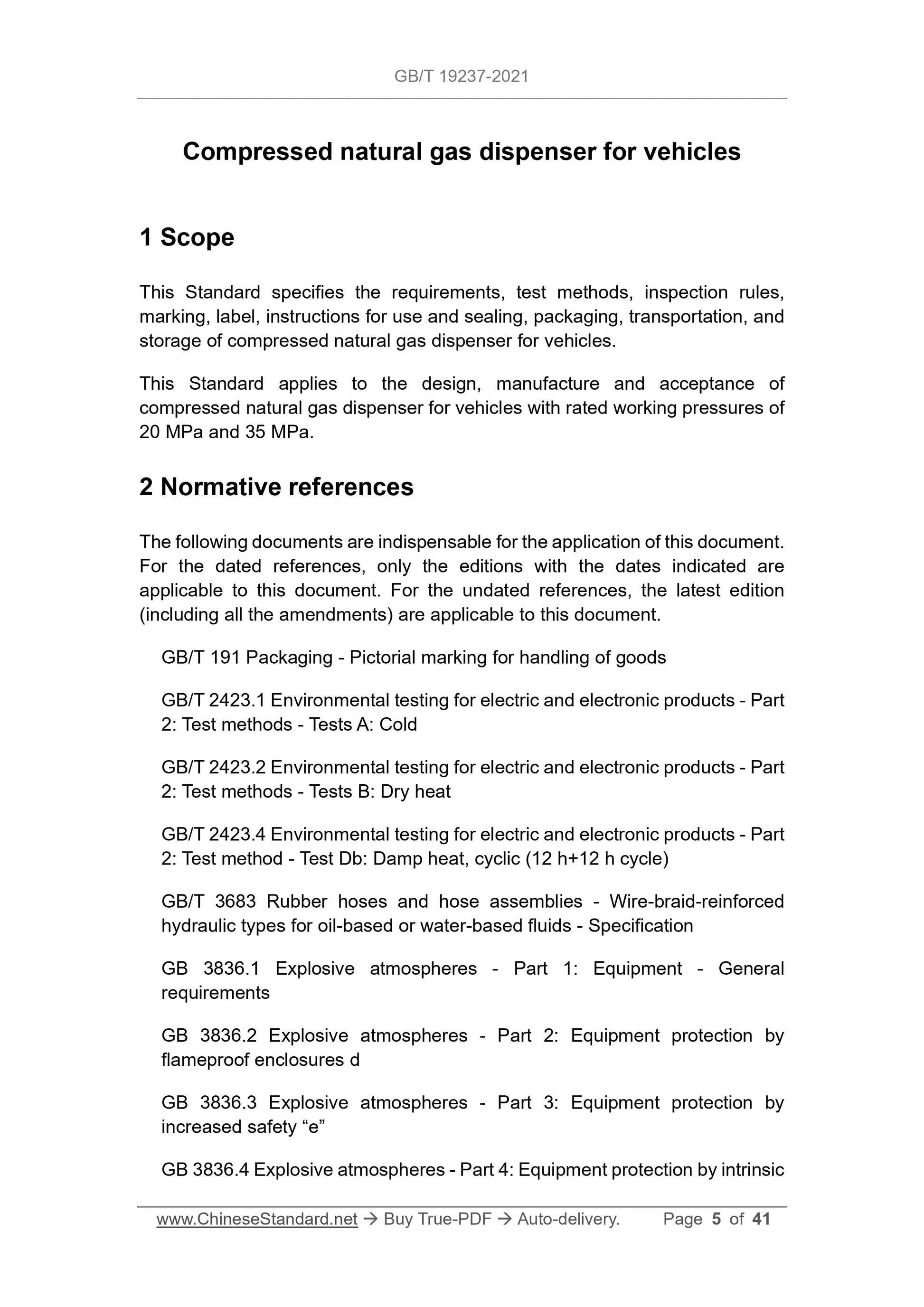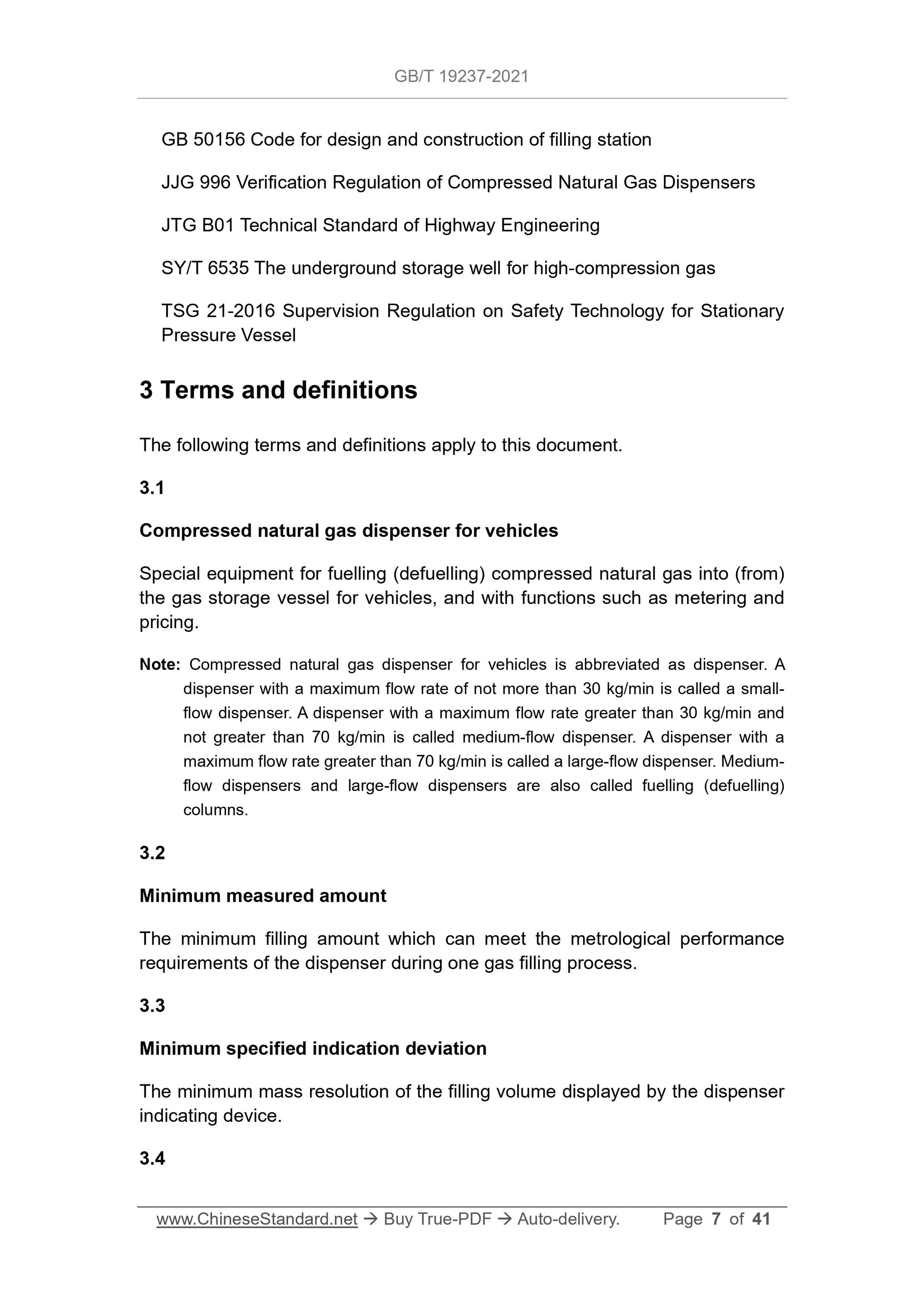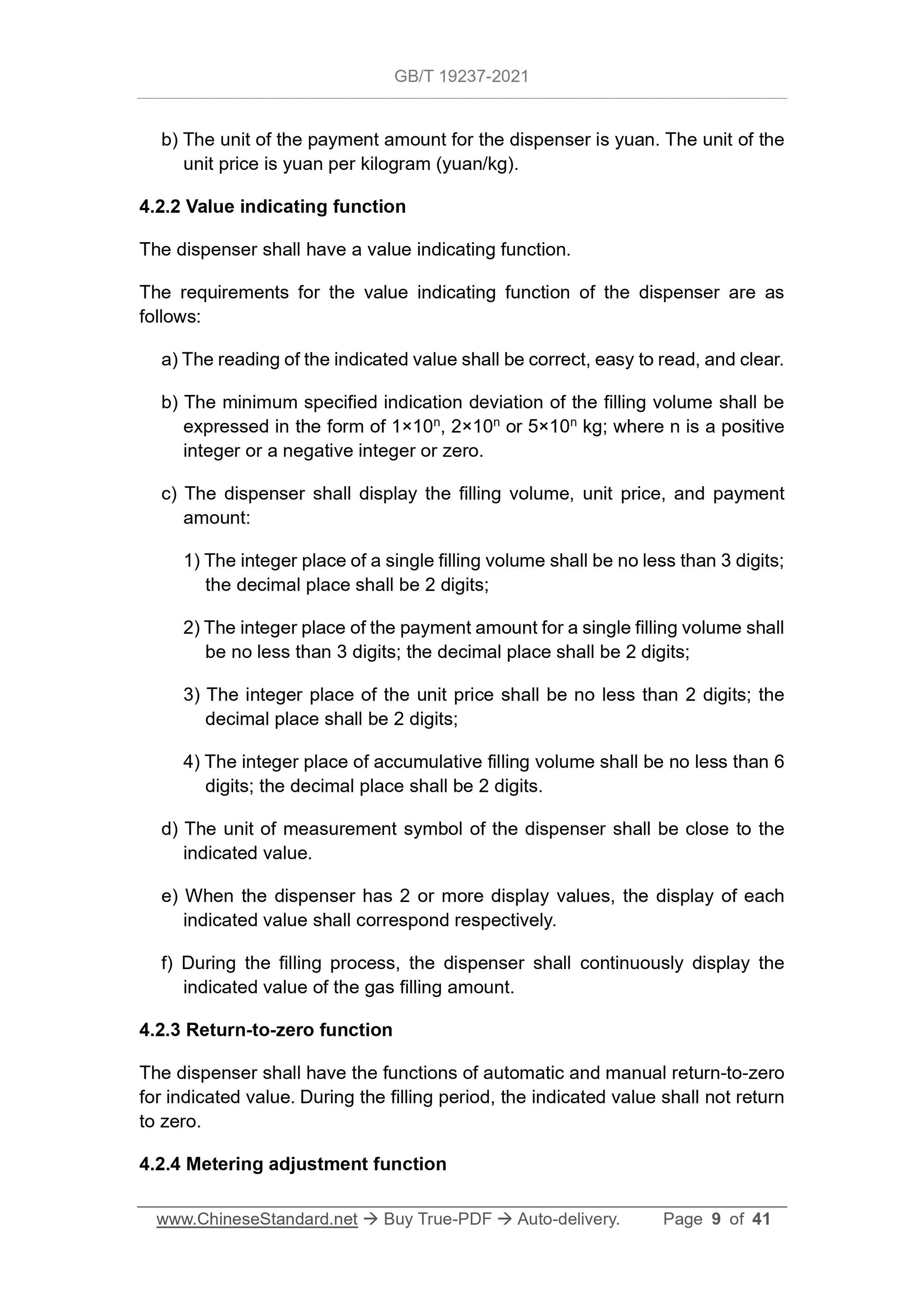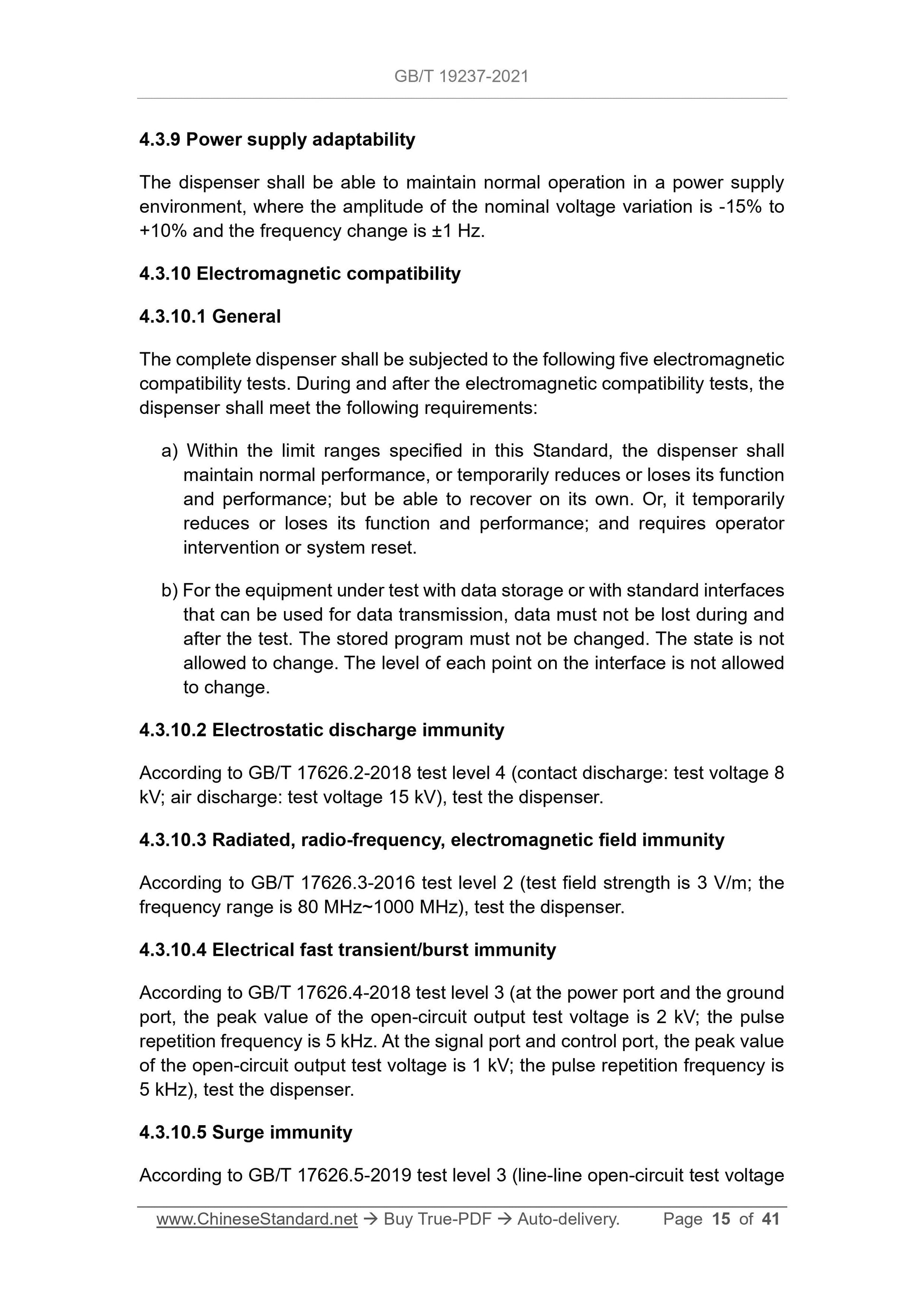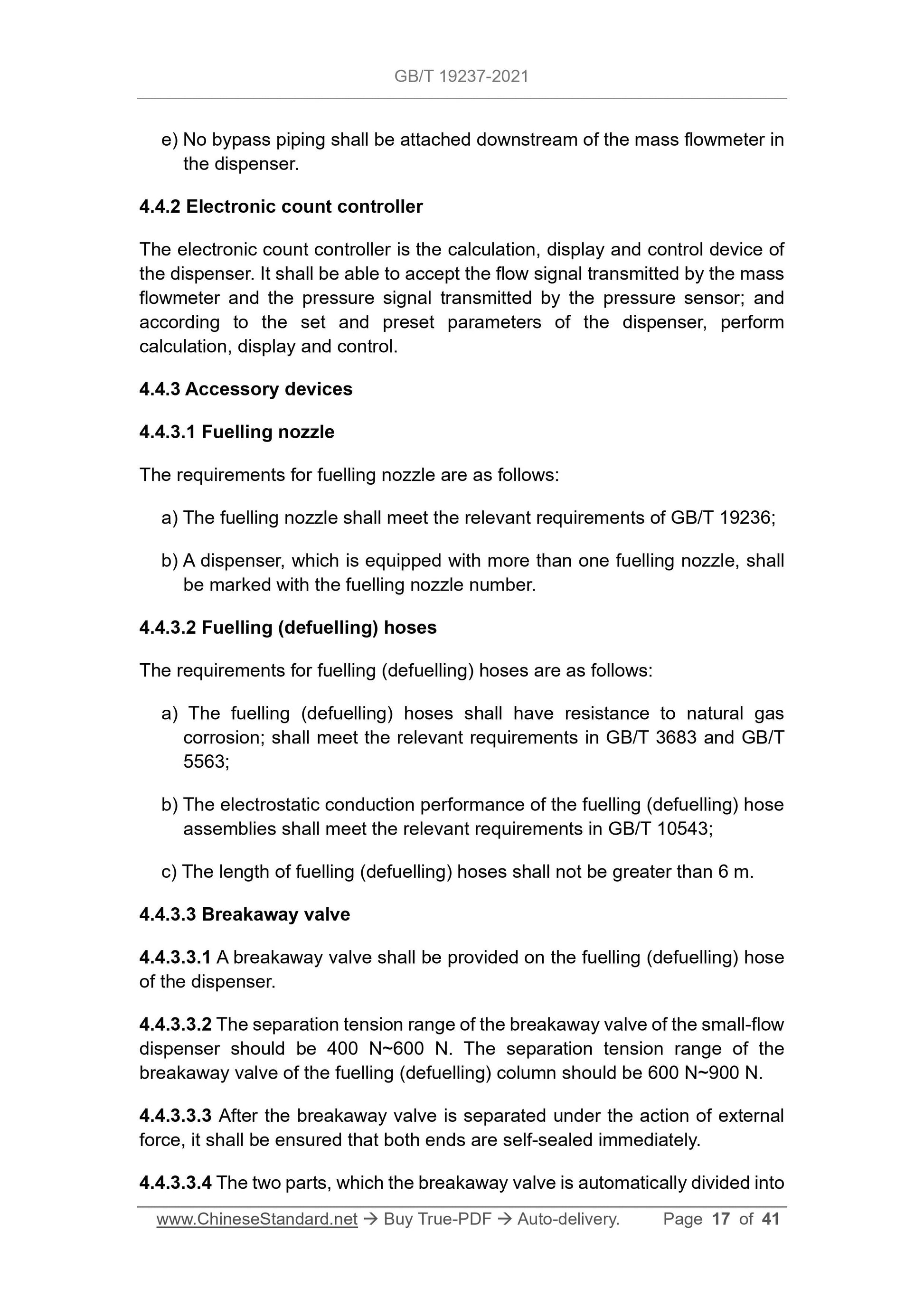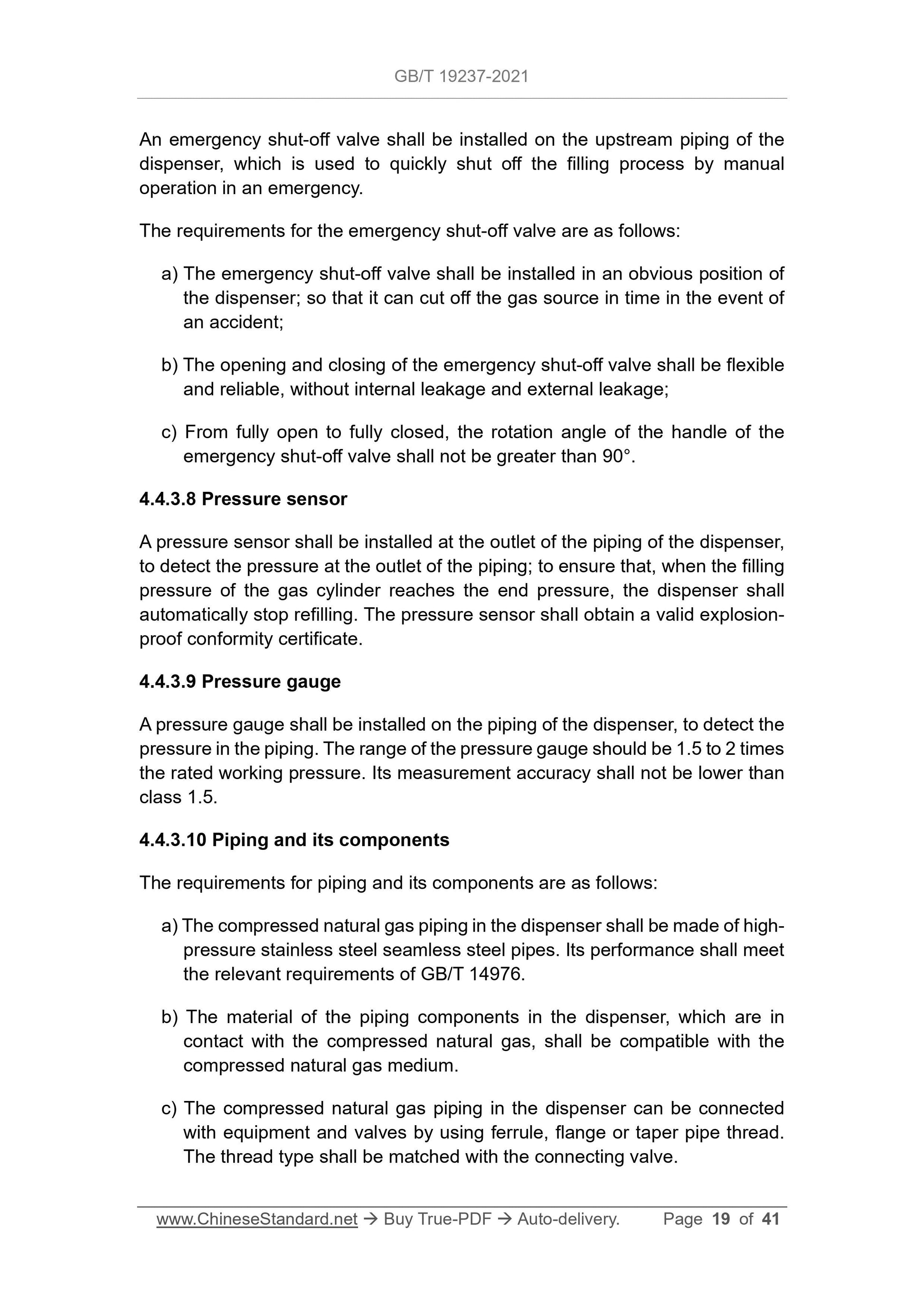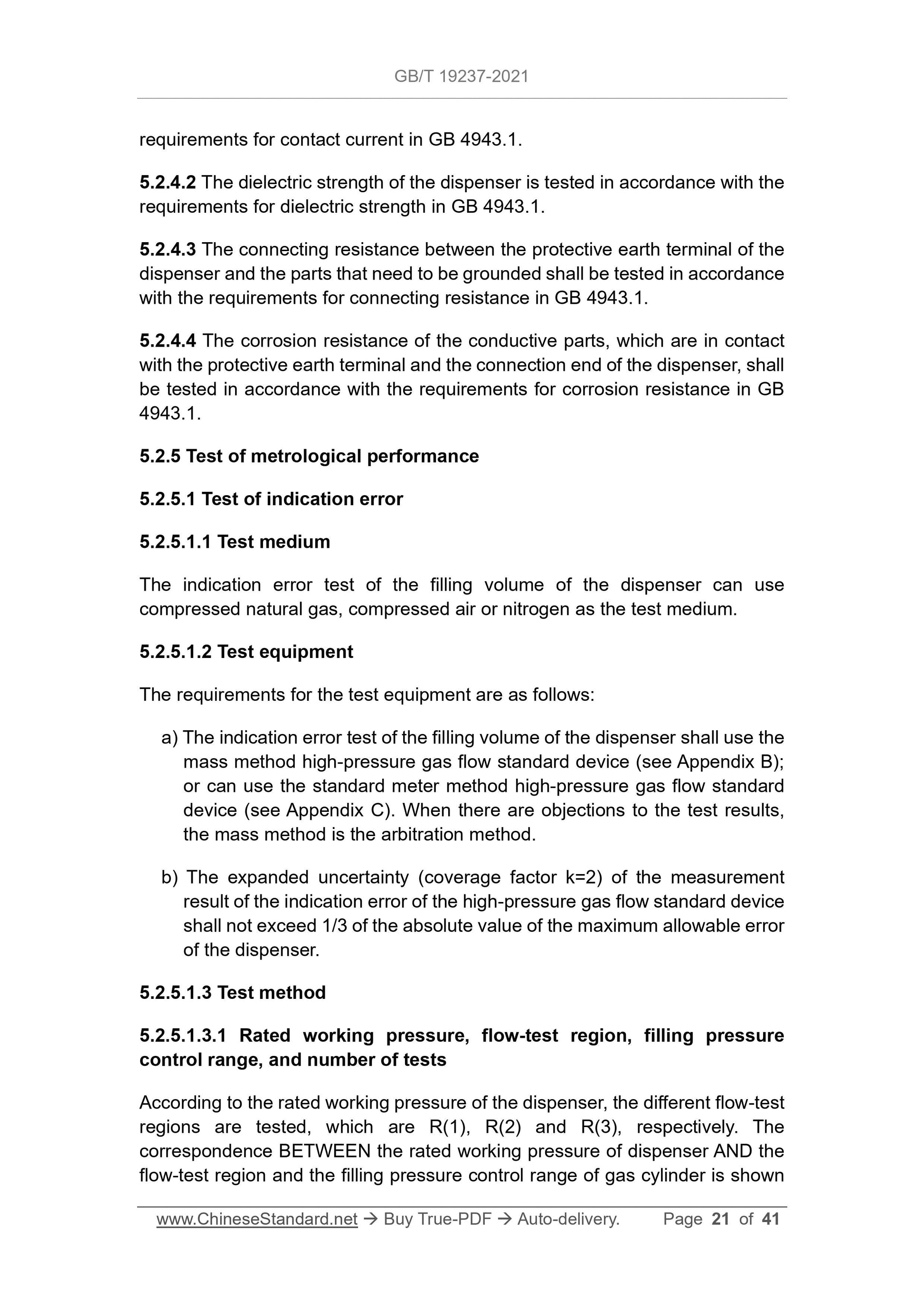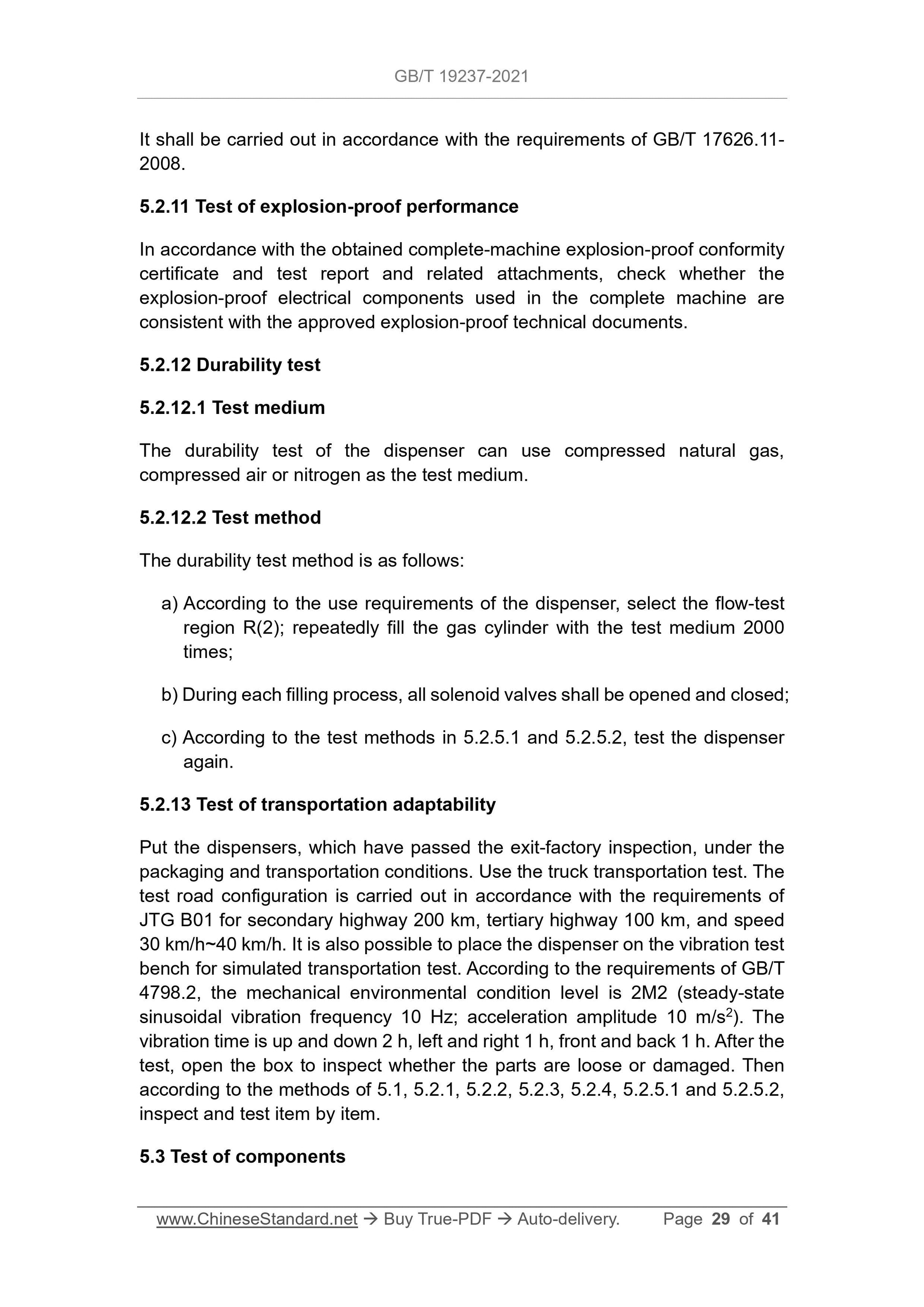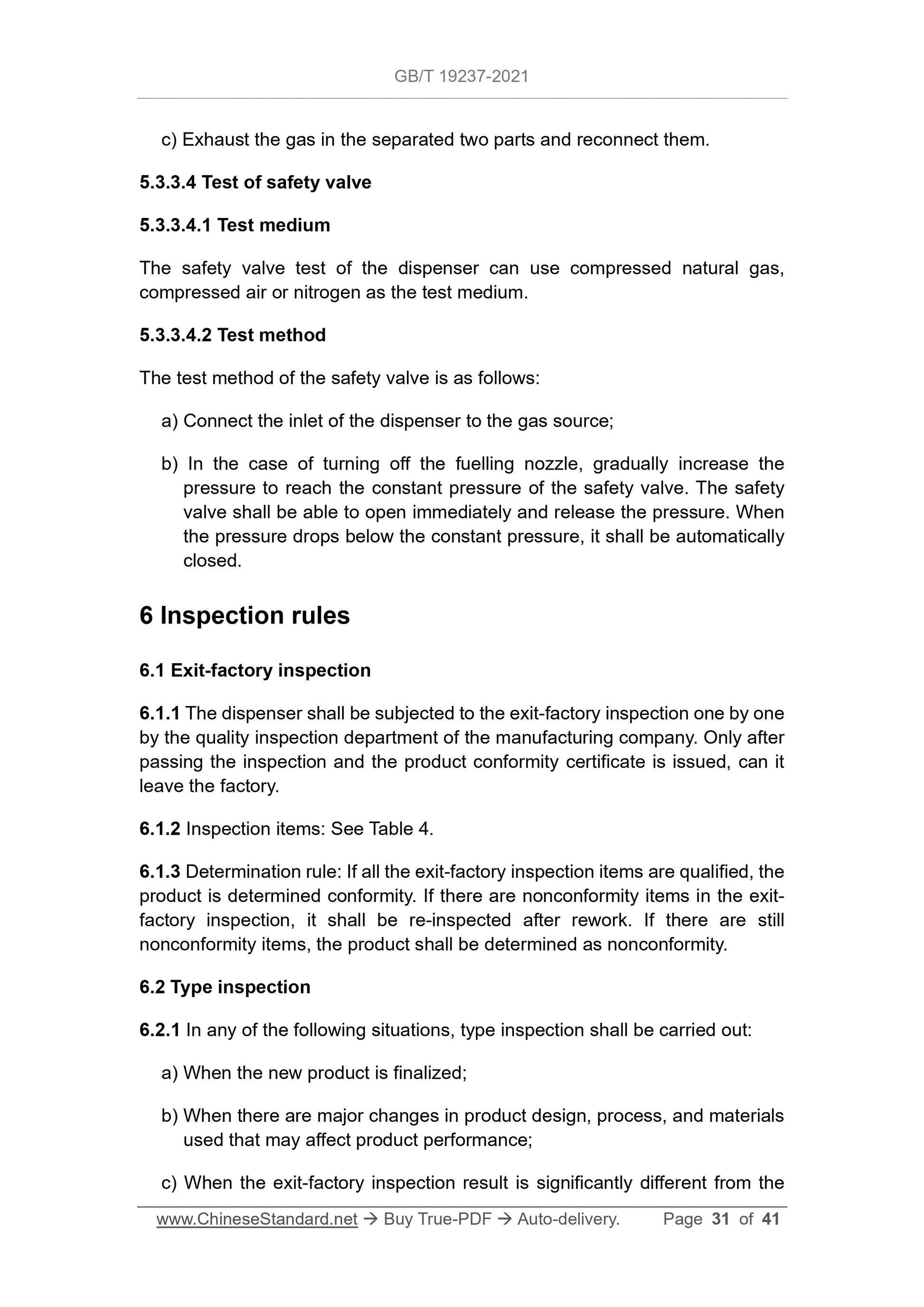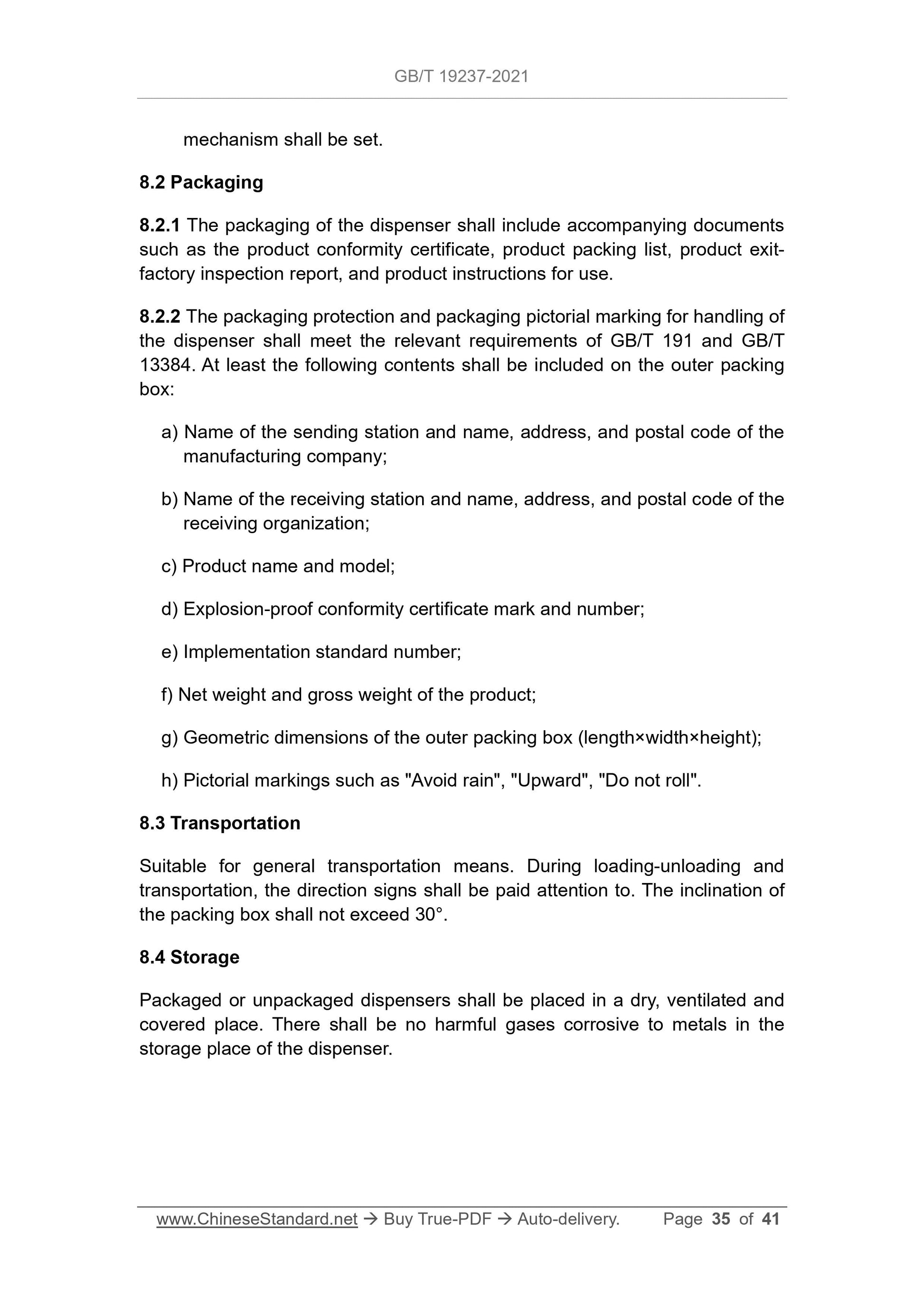1
/
of
12
www.ChineseStandard.us -- Field Test Asia Pte. Ltd.
GB/T 19237-2021 English PDF (GB/T19237-2021)
GB/T 19237-2021 English PDF (GB/T19237-2021)
Regular price
$405.00
Regular price
Sale price
$405.00
Unit price
/
per
Shipping calculated at checkout.
Couldn't load pickup availability
GB/T 19237-2021: Compressed natural gas dispenser for vehicles
Delivery: 9 seconds. Download (and Email) true-PDF + Invoice.Get Quotation: Click GB/T 19237-2021 (Self-service in 1-minute)
Newer / historical versions: GB/T 19237-2021
Preview True-PDF
Scope
This Standard specifies the requirements, test methods, inspection rules,marking, label, instructions for use and sealing, packaging, transportation, and
storage of compressed natural gas dispenser for vehicles.
This Standard applies to the design, manufacture and acceptance of
compressed natural gas dispenser for vehicles with rated working pressures of
20 MPa and 35 MPa.
Basic Data
| Standard ID | GB/T 19237-2021 (GB/T19237-2021) |
| Description (Translated English) | Compressed natural gas dispenser for vehicles |
| Sector / Industry | National Standard (Recommended) |
| Classification of Chinese Standard | T47 |
| Word Count Estimation | 26,239 |
| Issuing agency(ies) | State Administration for Market Regulation, China National Standardization Administration |
Share
